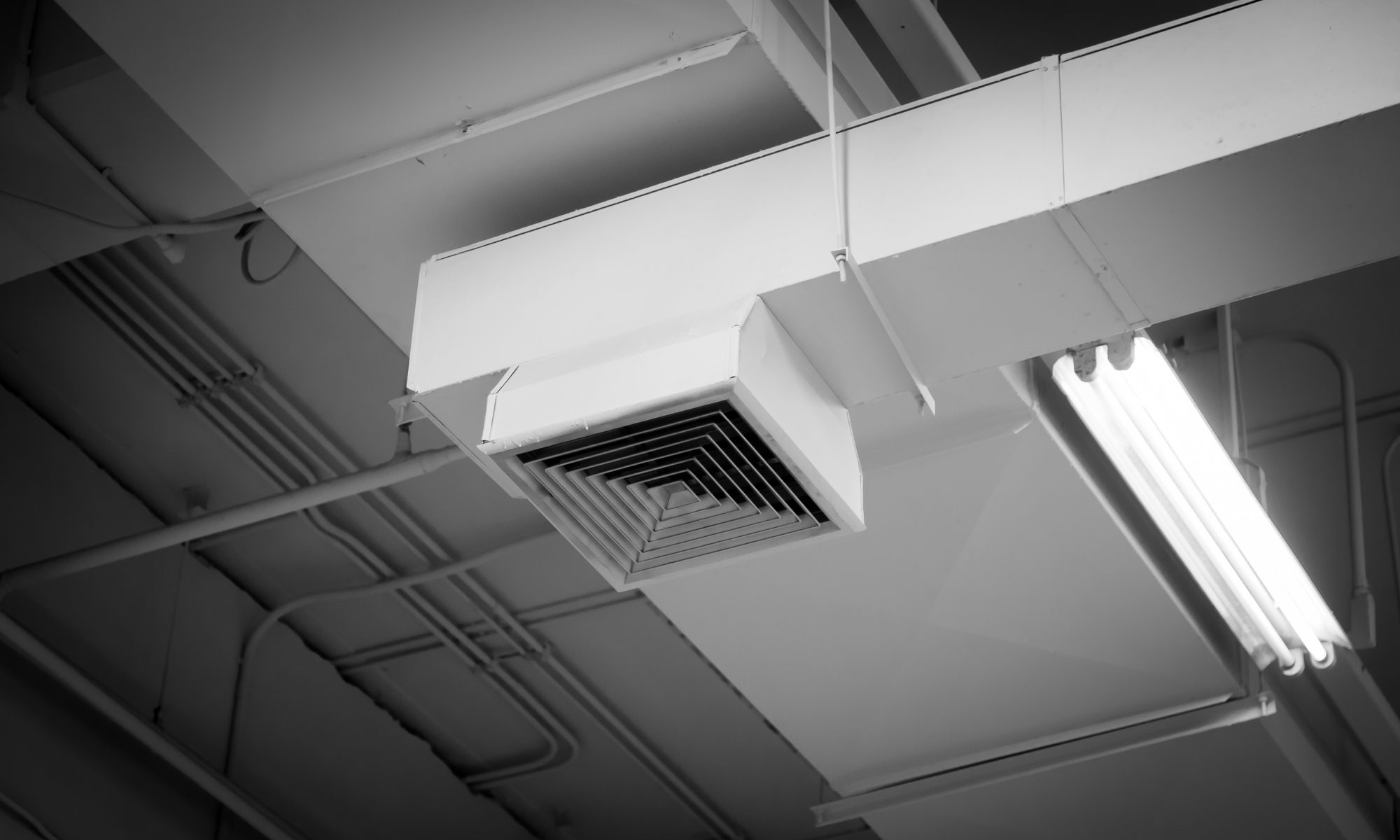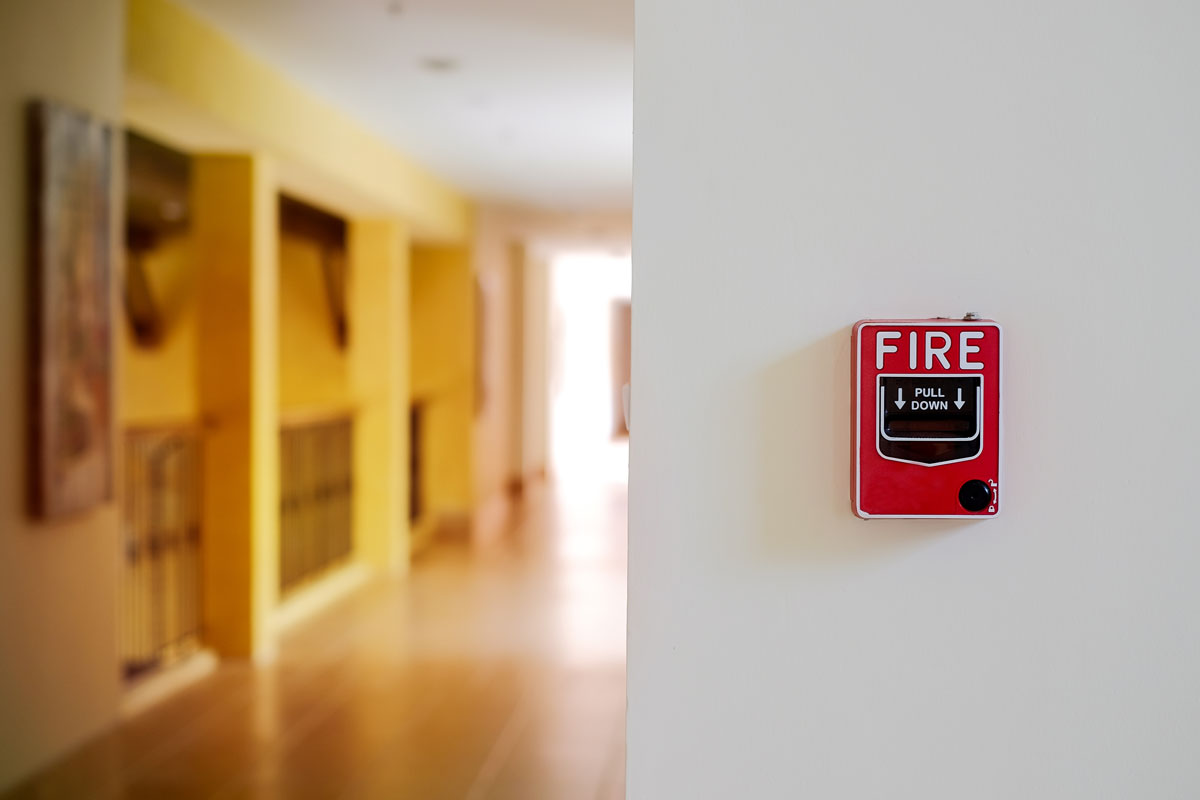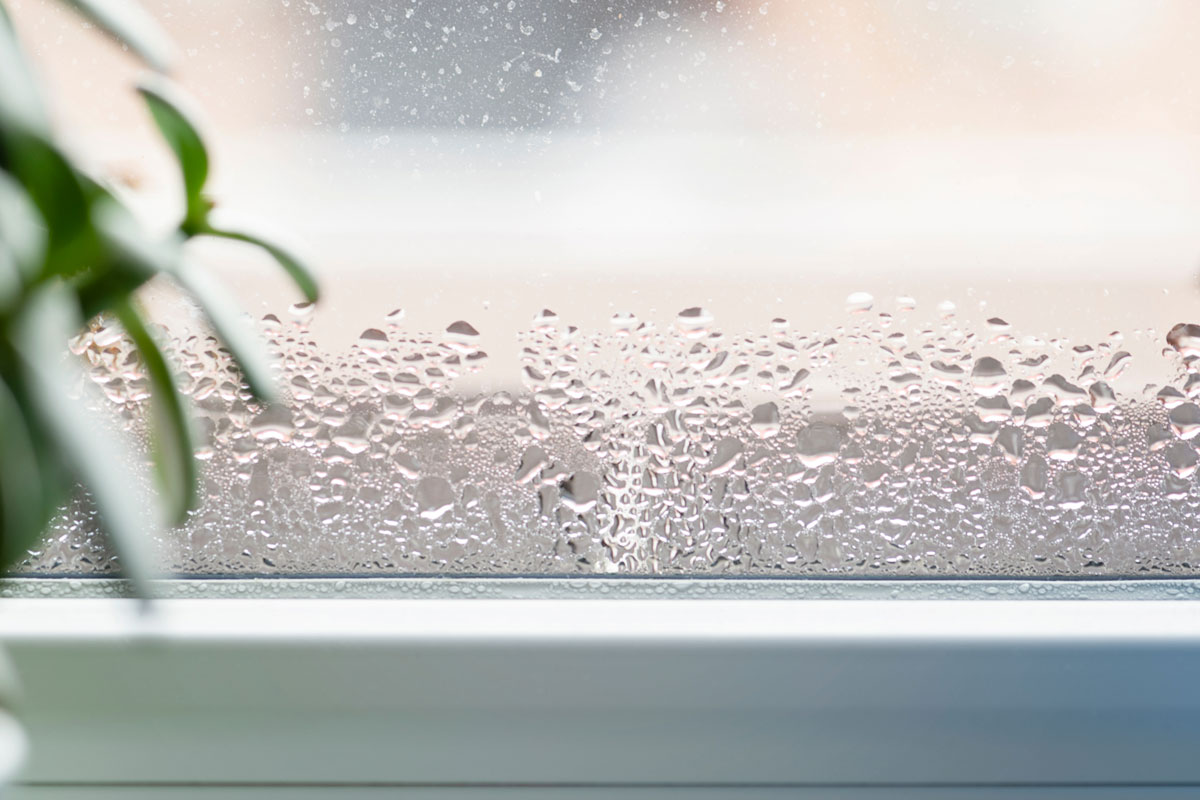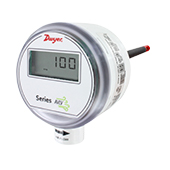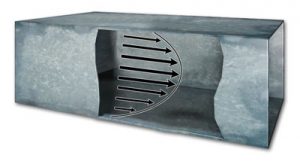 The velocity of an air stream in a duct is not uniform over the cross section of the duct. This is because friction against duct walls causes the air velocity to be lower near the sides than the velocity in the center, creating a parabolic velocity profile. Continue reading “Duct Traversing for Average Air Velocity and Air Volume”
The velocity of an air stream in a duct is not uniform over the cross section of the duct. This is because friction against duct walls causes the air velocity to be lower near the sides than the velocity in the center, creating a parabolic velocity profile. Continue reading “Duct Traversing for Average Air Velocity and Air Volume”
The Intricacy of Proper Instrumentation in Cleaning Produced Water
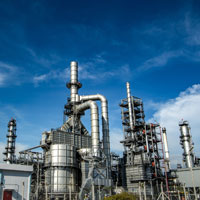 The cleaning of produced water during oil and gas production and exploration is a crucial, although costly endeavor. In the process of bringing oil and gas up to the surface from a well, several byproducts are also produced. Water is the largest of these byproducts by volume, with 882 billion gallons produced per day. This produced water contains a variety of other compounds and substances, including organic and inorganic compounds, grease, bacteria, and dissolved solids such as iron. Continue reading “The Intricacy of Proper Instrumentation in Cleaning Produced Water”
The cleaning of produced water during oil and gas production and exploration is a crucial, although costly endeavor. In the process of bringing oil and gas up to the surface from a well, several byproducts are also produced. Water is the largest of these byproducts by volume, with 882 billion gallons produced per day. This produced water contains a variety of other compounds and substances, including organic and inorganic compounds, grease, bacteria, and dissolved solids such as iron. Continue reading “The Intricacy of Proper Instrumentation in Cleaning Produced Water”
How Pressurized Stairwells Keep You Safe
 Picture this: You wake up with a start to the sound of crackling flames and the screech of an alarm. A nearby apartment room has caught fire, and you need to get out before it spreads to the rest of the building. You go through the motions; grab the keys, check the door knob, keep low to the ground. You head to the stairs and make your way outside to safety.
Picture this: You wake up with a start to the sound of crackling flames and the screech of an alarm. A nearby apartment room has caught fire, and you need to get out before it spreads to the rest of the building. You go through the motions; grab the keys, check the door knob, keep low to the ground. You head to the stairs and make your way outside to safety.
4 Reasons You Should Measure Humidity
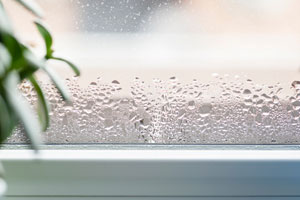 We often don’t think about the effects that relative humidity can have. It doesn’t stand out the way that the temperature of a room does, where a person might have to turn on a fan or turn up a heater. In fact, relative humidity is crucial to promoting good indoor air quality and is important to the health and safety of several different applications and areas.
We often don’t think about the effects that relative humidity can have. It doesn’t stand out the way that the temperature of a room does, where a person might have to turn on a fan or turn up a heater. In fact, relative humidity is crucial to promoting good indoor air quality and is important to the health and safety of several different applications and areas.
The Basics of Air Velocity Sensors
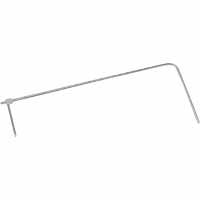
Dwyer Instruments offers a multitude of sensors for monitoring air velocity in HVAC systems. Some of this instrumentation has a simple construction (Pitot tubes, for example) while others are more complex, such as hot-wire anemometers.
The initial term and first “hot-wire anemometer” was developed back in 1914 by Louie Vesso King. He is also accredited for King’s Law, which mathematically describes heat transfer in air flows using a heated wire. As the air moves over the wire, it causes a loss of temperature in the wire and removes some of the wire’s heat energy. Continue reading “The Basics of Air Velocity Sensors”

